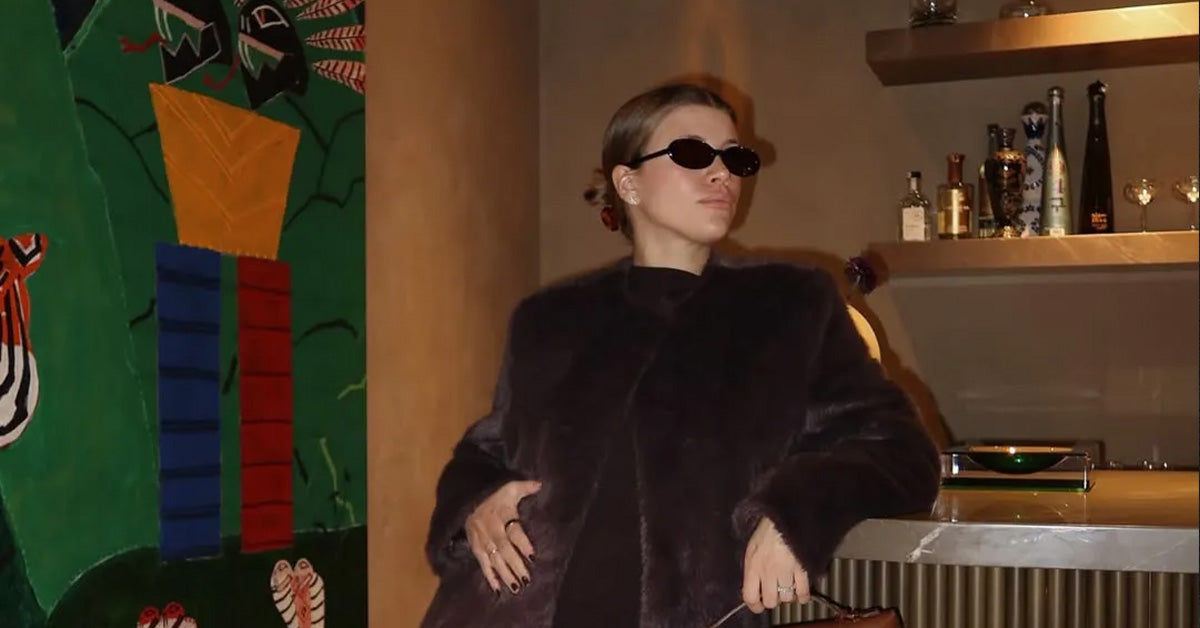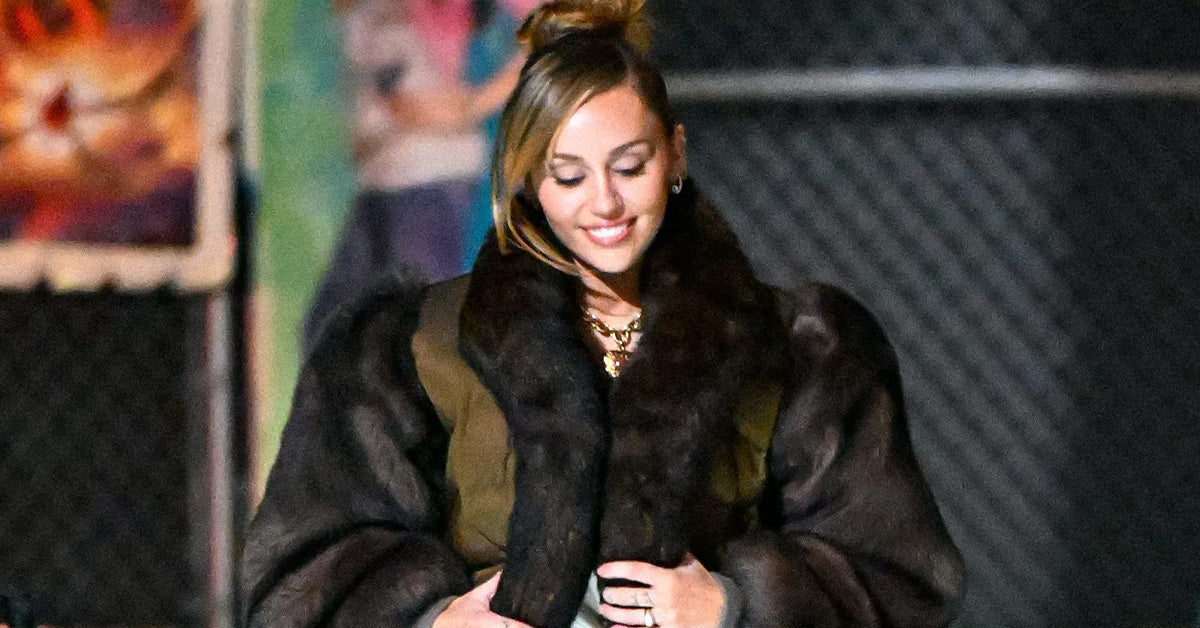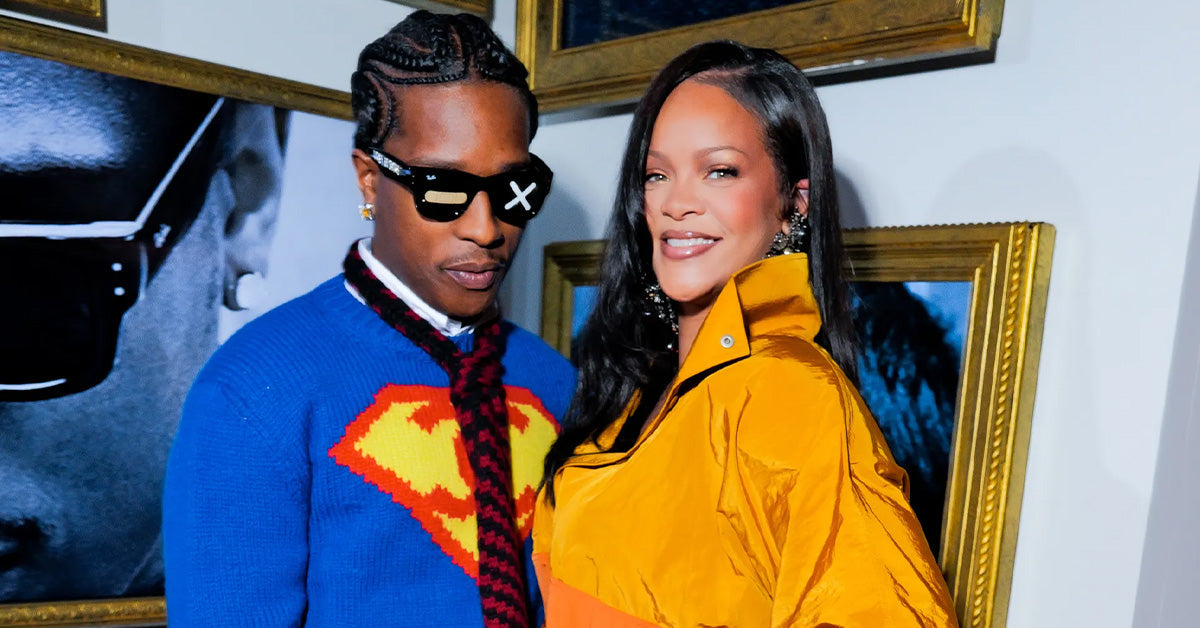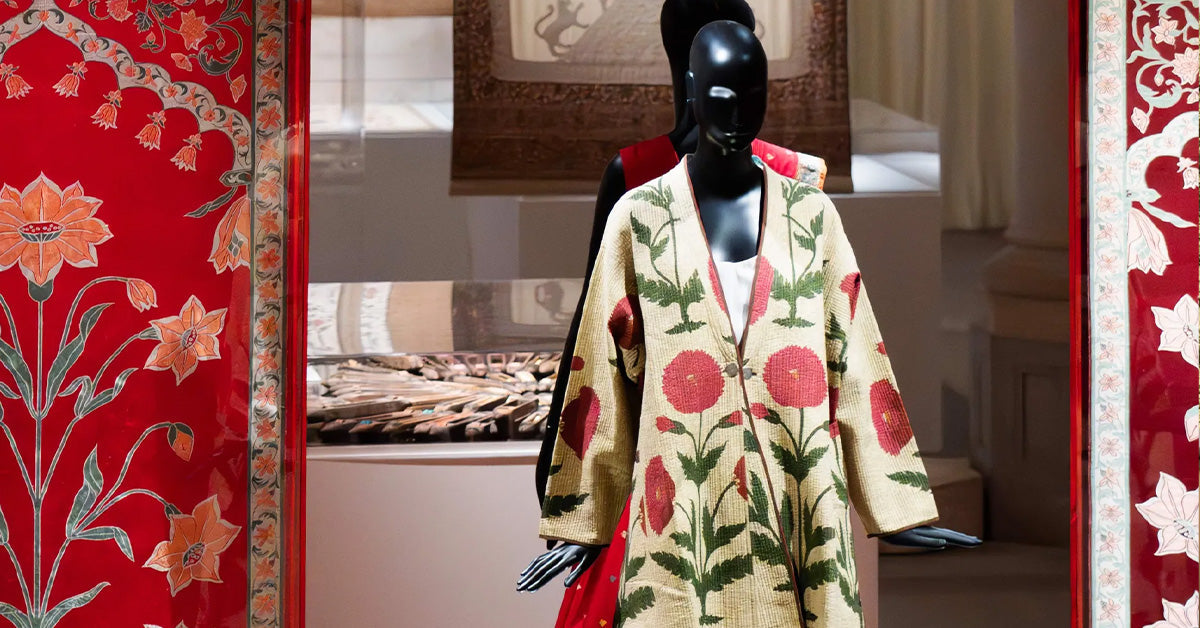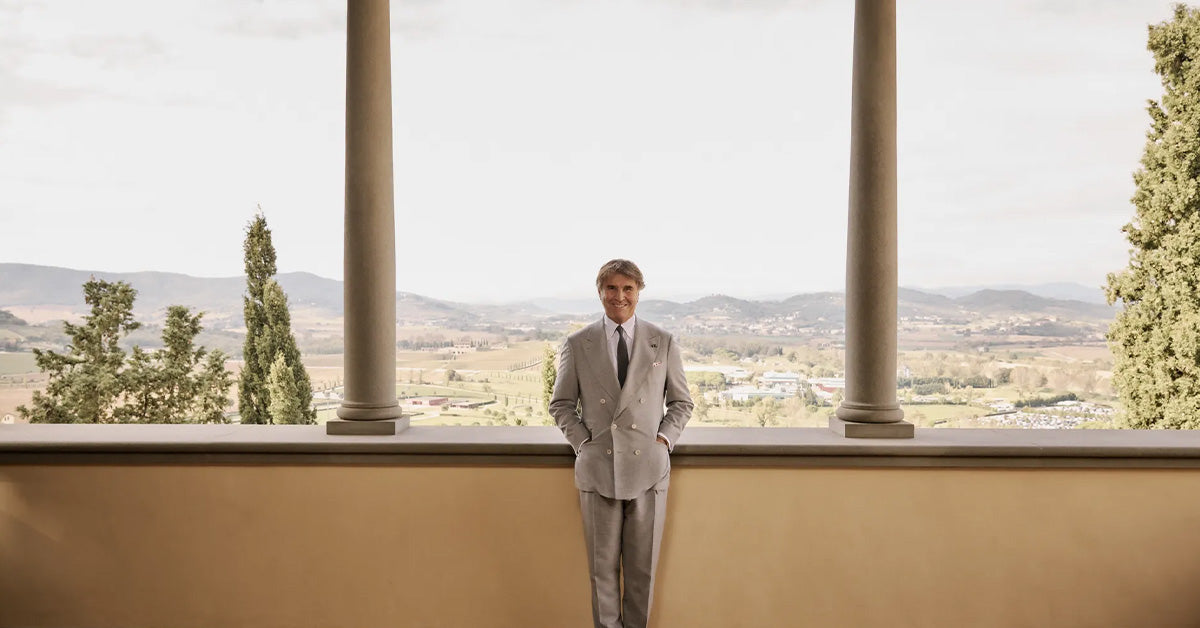Introduction: The Timeless Appeal of the Kilt
The kilt is more than just a garment—it's a powerful symbol of heritage, identity, and timeless style. Instantly recognizable for its pleated structure and tartan patterns, the kilt has journeyed from the misty highlands of Scotland to catwalks and street style scenes around the world. But what exactly is a kilt, and why does it hold such a significant place in both fashion history and contemporary wardrobes? In this in-depth guide, we’ll unravel the story behind the kilt, exploring its origins, evolution, cultural meanings, and modern interpretations.
What is a Kilt?
A kilt is a knee-length, non-bifurcated (meaning it is not divided into separate legs) skirt-like garment, traditionally made of woollen cloth in a distinctive tartan (plaid) pattern. Although most closely associated with Scottish national dress, the kilt has a rich history and a vibrant role in today’s global fashion landscape.
The Origins of the Kilt: Deep-Rooted History
The earliest form of the kilt, known as the féileadh mòr or "great kilt," dates back to the 16th century in the Scottish Highlands. This voluminous garment was a full-length piece of cloth that could be draped over the shoulder and fastened at the waist—a versatile attire suited for both battle and the unpredictable Highland weather.
By the 18th century, the modern kilt—a tailored, pleated skirt—emerged, becoming closely associated with Scottish identity. After the 1746 Dress Act, which banned Highland dress following the Jacobite uprising, the kilt gained even more symbolic importance. When the ban was lifted in 1782, the kilt was embraced as a proud marker of Scottish heritage.
Key Features and Construction
The traditional kilt is instantly identifiable due to several unique characteristics:
- Material: Usually made from heavyweight woven wool, designed to withstand harsh climates.
- Tartan Pattern: Each kilt features a distinctive plaid design, often signifying a specific clan, family, or region.
- Pleating: The back of the kilt is meticulously pleated, while the front consists of flat, unpleated aprons overlapping each other.
- Length: Typically worn so that it falls to the wearer’s knees, allowing for ease of movement.
- Fastening: Kilts are traditionally secured with buckles or straps at the waist.
In contemporary fashion, kilts may be constructed from a variety of materials, including leather, denim, and synthetic fabrics, and may feature creative patterns beyond traditional tartan.
Cultural Significance: More Than Just a Garment
To many, the kilt is a living emblem of Scottish culture and pride. It is commonly worn at formal events, such as weddings, ceilidhs (Scottish dances), and Highland games. The kilt also plays a key role in military uniforms, particularly for Scottish regiments.
Beyond Scotland, the kilt has been adopted by Irish, Welsh, and even some Canadian communities, each interpreting the garment through their own cultural lenses. In the modern era, the kilt has transcended its roots, becoming a symbol of rebellion, individuality, and gender fluidity within fashion circles.
The Kilt in Contemporary Fashion
Today, the kilt is no longer confined to the hills of Scotland or the pages of history books. Fashion designers across the globe have reimagined the kilt for contemporary tastes, blending tradition with innovation. From runway collections by Vivienne Westwood and Alexander McQueen to streetwear brands and DIY punk aesthetics, kilts have become a statement piece for those seeking to challenge conventions.
- Unisex Appeal: The kilt’s skirt-like silhouette has made it a favorite among those exploring non-binary and gender-fluid fashion.
- Punk & Subculture Influence: In the late 20th century, the kilt was adopted by punk subcultures as a symbol of anti-establishment defiance.
- Global Adaptations: Modern kilts are now seen in various cultures, sometimes losing their tartan roots in favor of new patterns, fabrics, and styling methods.
Whether paired with a crisp shirt for a formal look or styled with boots and a leather jacket for an edgier vibe, the kilt remains endlessly versatile.
How to Wear a Kilt: Styling Tips
Styling a kilt is all about balance, respect for heritage, and a touch of personality. Here are some tried-and-true tips:
- Traditional Look: Pair the kilt with a sporran (a pouch worn at the front), a tailored jacket, knee-high socks (hose), and ghillie brogues (traditional shoes).
- Modern Twist: Try a kilt with a graphic tee, sneakers, or even a bomber jacket for an urban edge.
- Accessorize: Don’t forget the details. Pins, belts, and unique sporrans can add a personalized touch.
- Mind the Occasion: While kilts are versatile, be mindful of the event and choose your tartan and accessories accordingly.
Kilt vs. Skirt: What’s the Difference?
While the kilt is technically a type of skirt, it is distinguished by its:
- Construction: Pleated design at the back and flat front panels.
- Symbolism: Deep-rooted cultural and historical significance.
- Tartan: Specific patterns that often signify heritage.
- Traditional Wearers: Historically worn by men, though now popular with all genders.
In contrast, skirts are a broader category of garments that come in many shapes, styles, and cultural contexts.
The Kilt’s Enduring Legacy
The kilt’s enduring presence in fashion is a testament to its adaptability, symbolism, and timeless appeal. From ancient Highlands to modern runways, the kilt continues to inspire, provoke, and unite people across the world. Whether worn as a badge of heritage or a bold fashion statement, the kilt remains a powerful garment—one that tells a story with every pleat and pattern.
FAQs About Kilts
-
Q1: What is the origin of the tartan pattern in kilts?
Tartans are historically linked to Scottish clans, each with its own unique pattern. Originally, tartan identified regional or familial affiliations, and the tradition continues today.
-
Q2: Can women wear kilts?
Absolutely! While kilts were traditionally worn by men, they are now embraced by women and non-binary individuals worldwide, both in traditional and modern styles.
-
Q3: Are kilts only worn in Scotland?
No—kilts are popular in many places, including Ireland, Wales, Canada, and even in global fashion scenes, each adapting the garment to local cultures and trends.
-
Q4: How do you care for a traditional wool kilt?
Traditional wool kilts should be spot-cleaned and professionally dry-cleaned to preserve the fabric and pleats. Store them hanging to maintain their shape.
-
Q5: What is a sporran, and why is it worn with a kilt?
A sporran is a pouch worn at the front of a kilt, used for carrying small personal items. It also serves as a decorative accessory, balancing the kilt's appearance.



